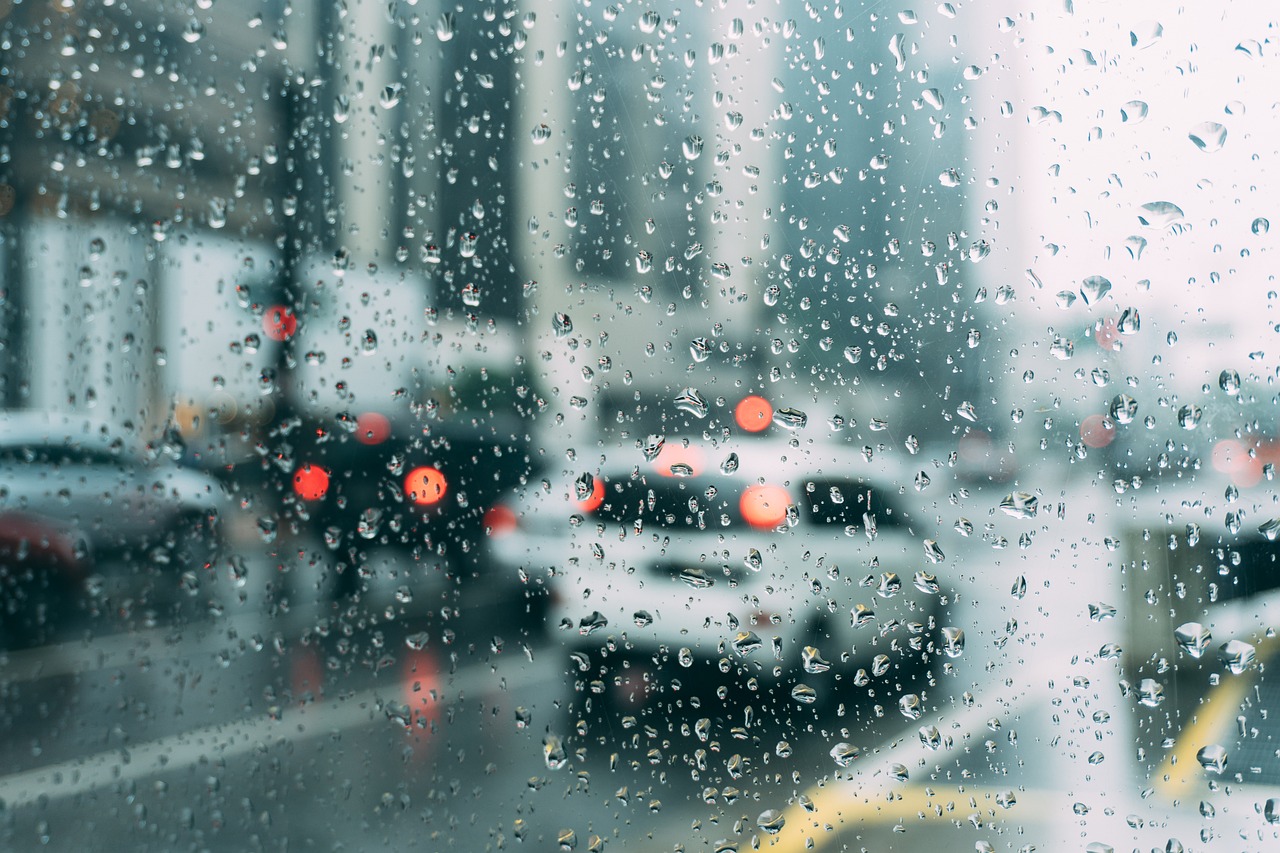In today’s world, buildings need to be more than just aesthetically pleasing. They also need to be durable and able to withstand natural elements such as rain and snow. One common issue building owners face is water damage, which can be quite expensive to repair. This is where commercial waterproofing comes into play.
Commercial waterproofing is the process of applying a protective layer to the exterior of a building to prevent water from seeping inside. This layer is usually made of a waterproof material like silicone, polyurethane, or acrylic. It acts as a barrier, preventing water from penetrating the building’s interior.
There are many benefits to commercial waterproofing. Firstly, it extends the lifespan of a building. Water damage can cause structural problems, which can be costly to fix. By protecting the building’s exterior, commercial waterproofing minimizes these risks and prevents costly repairs from becoming necessary.
Secondly, commercial waterproofing improves energy efficiency. When water seeps through a building’s exterior, it can cause insulation materials to deteriorate. This leads to higher energy bills, as the building’s heating and air conditioning systems have to work harder to maintain a comfortable indoor temperature. By preventing water damage, commercial waterproofing helps maintain the building’s insulation and reduces energy costs.
Thirdly, commercial waterproofing improves indoor air quality. Water damage can lead to the growth of mold and mildew, which can cause respiratory problems like asthma and allergies. By preventing water damage, commercial waterproofing helps maintain a healthy indoor environment.
But what kind of buildings require commercial waterproofing? Essentially, any building that is regularly exposed to rain, snow, or other natural elements can benefit from commercial waterproofing. This includes buildings with flat roofs, skylights, or facades with cracks and gaps that could allow water to seep inside.
It is especially important for areas with heavy rainfall or snowfall. In these regions, commercial waterproofing can prevent moisture from penetrating the building’s exterior and causing water damage.
To ensure that the commercial waterproofing process is carried out correctly, it is important to hire a professional contractor. The process involves cleaning the building’s exterior, applying a waterproof coating, and checking for any gaps or cracks that may have been missed.
It is also important to choose the right type of waterproof coating for the building. Different materials and coatings are suitable for different types of buildings and climates. A professional contractor can help determine which coating is right for a particular building.
Another factor to consider is the maintenance of the waterproof coating. Like any other protective layer, commercial waterproofing needs to be maintained over time. Regular inspections and touch-ups can help ensure that the coating continues to provide reliable protection against water damage.
Commercial waterproofing is an essential component of building maintenance. It protects buildings from water damage, extends their lifespan, improves energy efficiency, and maintains a healthy indoor environment. Building owners should consider investing in commercial waterproofing to prevent costly repairs and maintain the value of their property.

No Comments